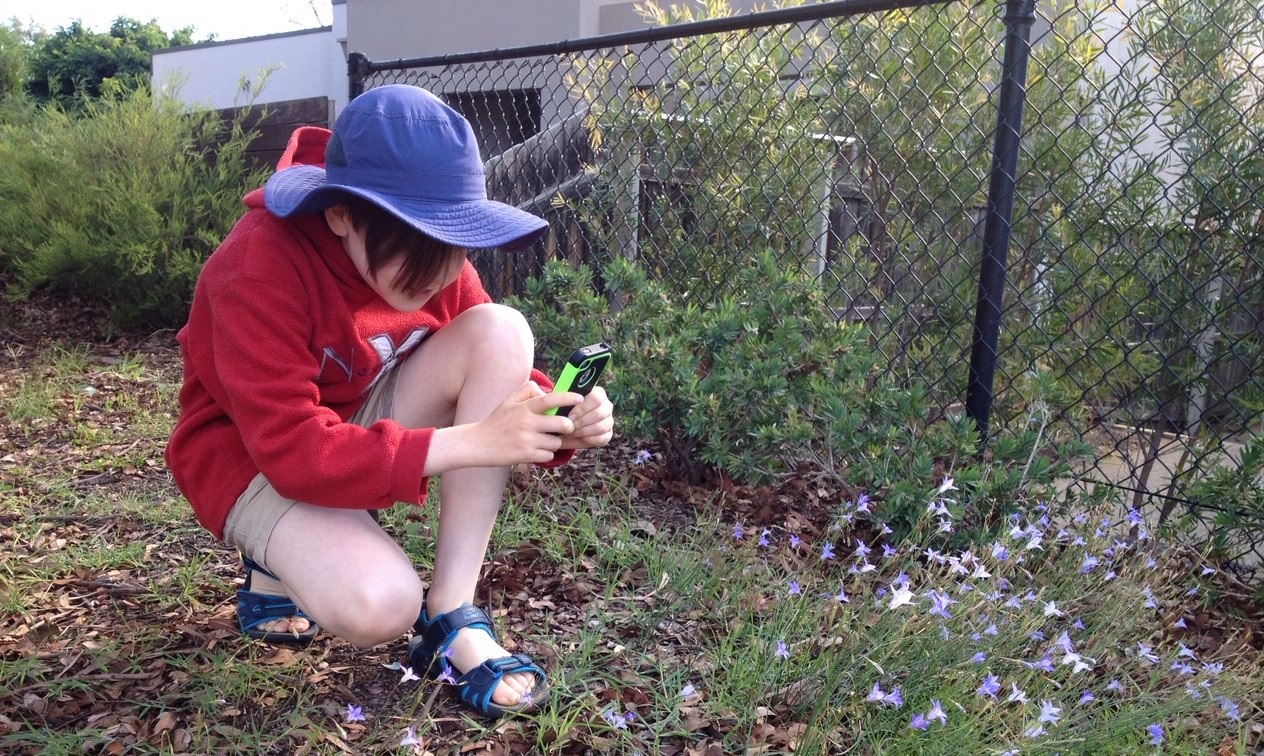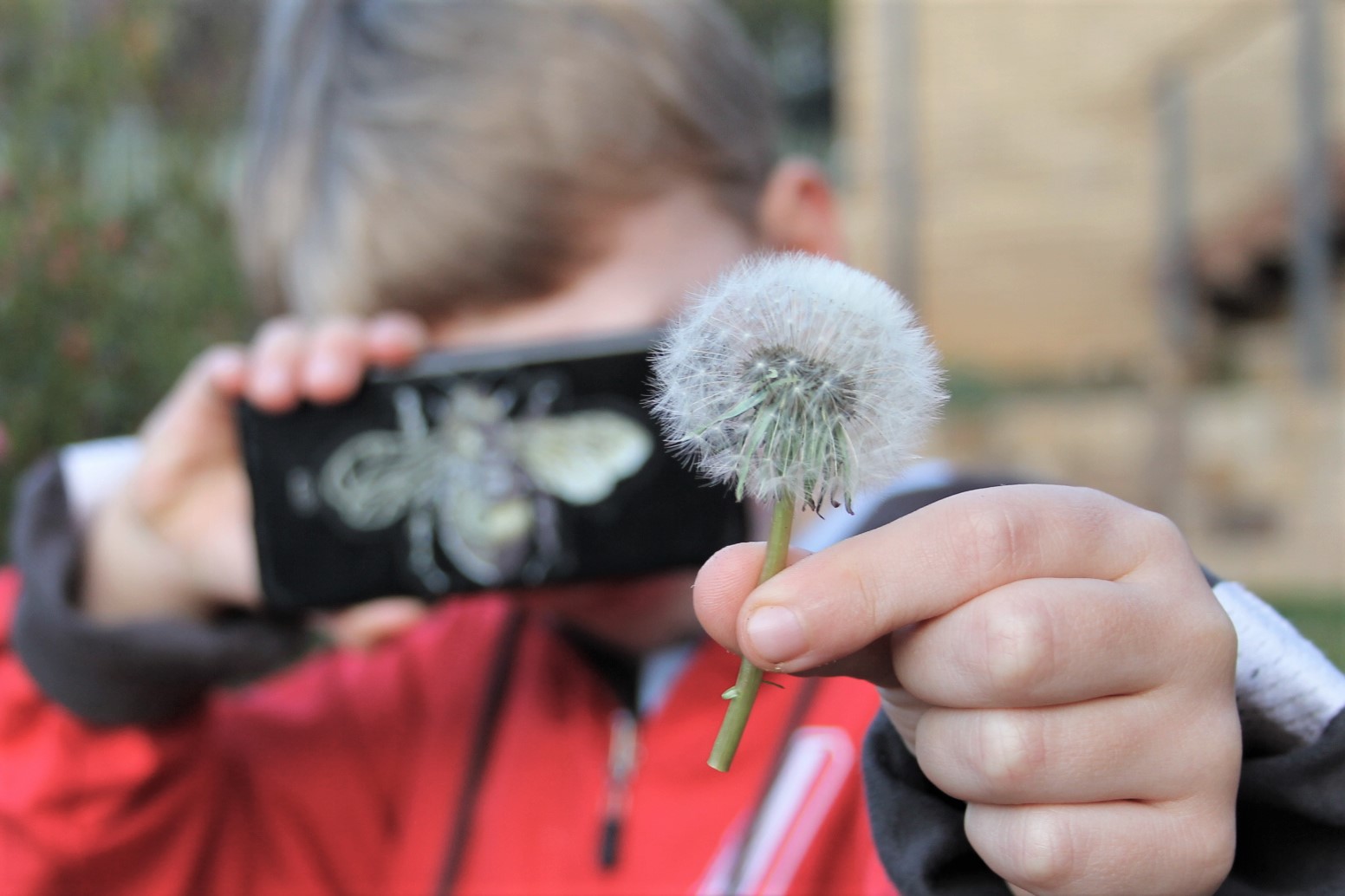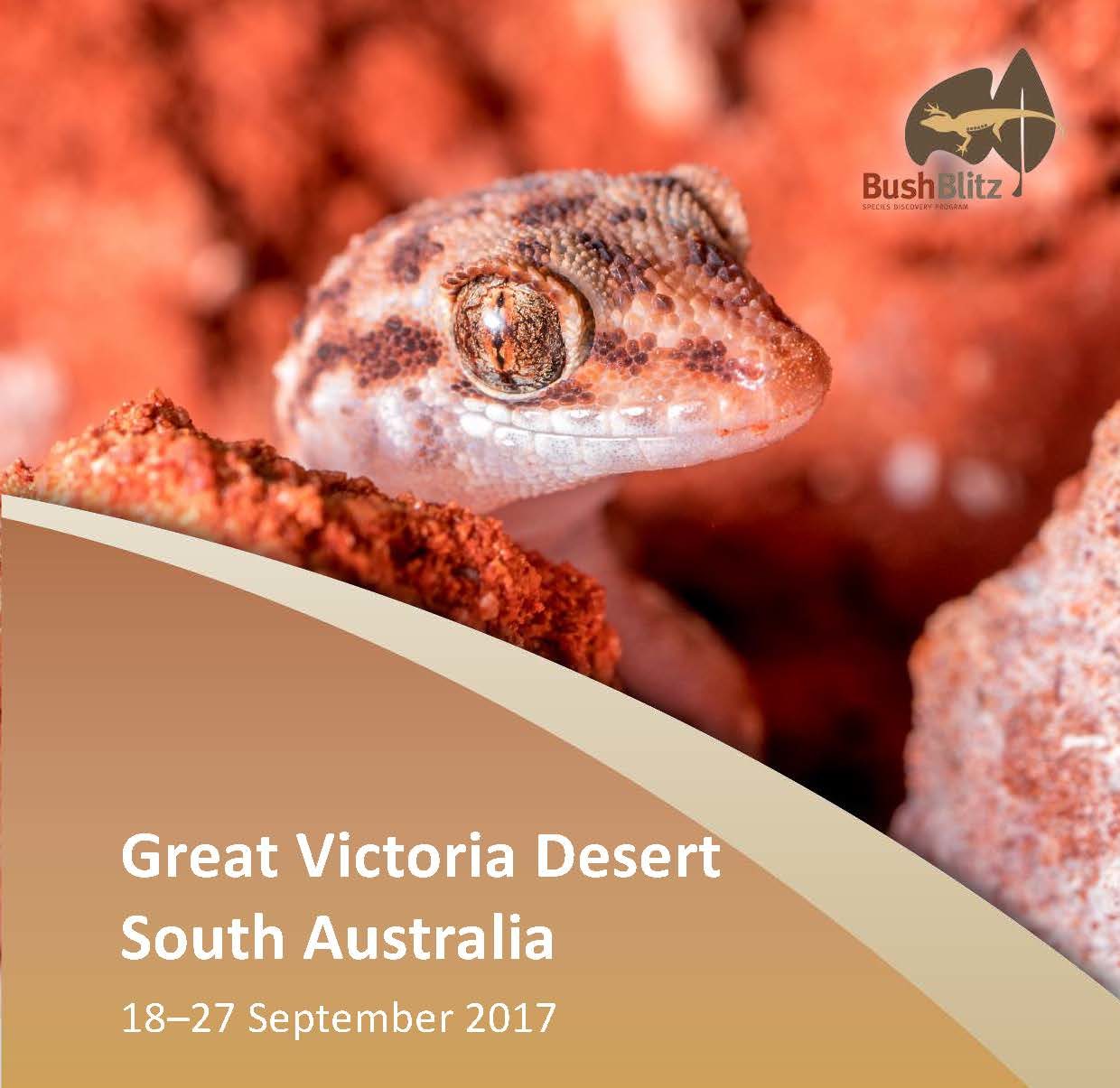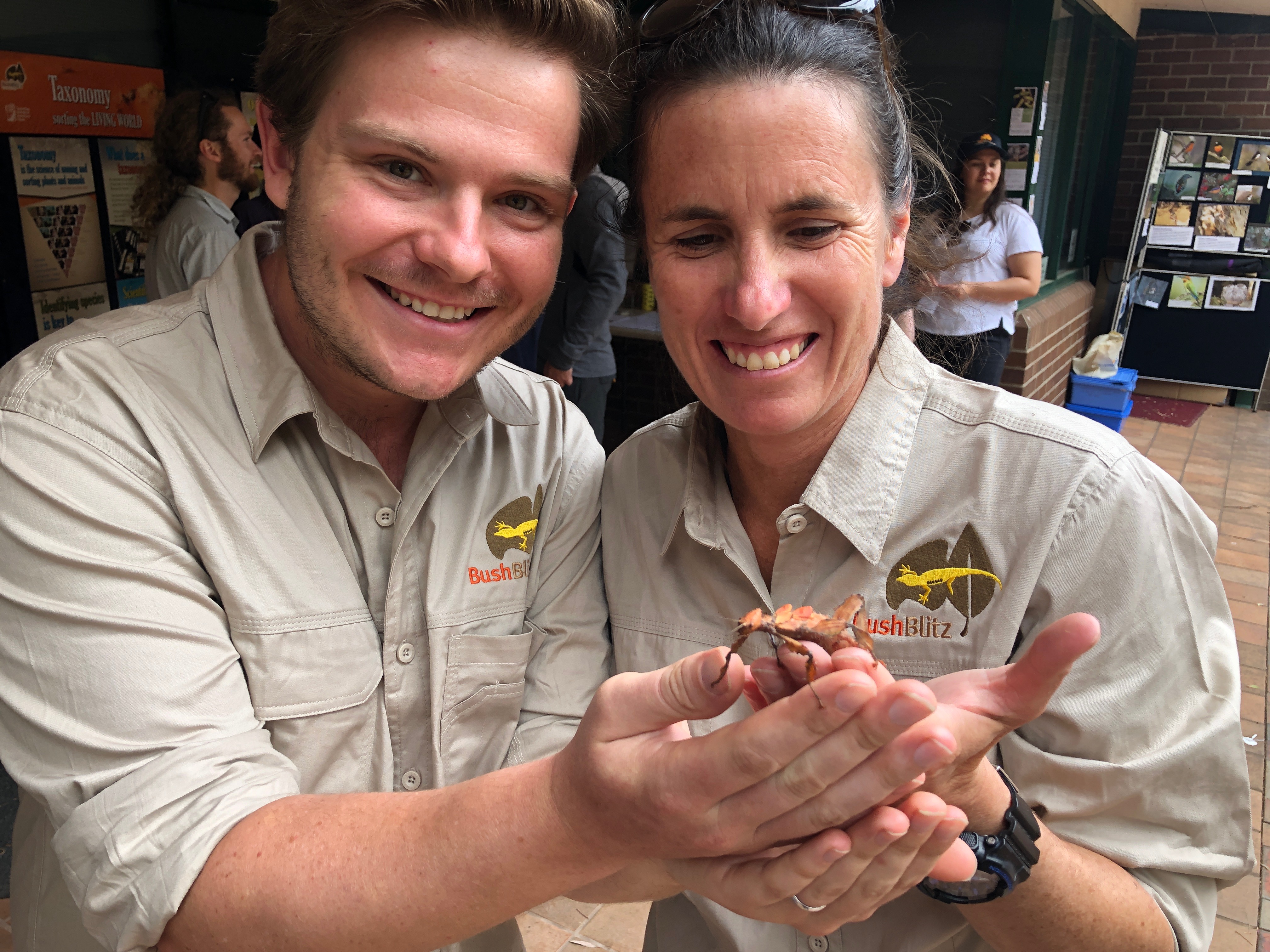Wudjari Country, Western Australia 2023: Bush Blitz expedition report summarises the initial scientific findings of a Bush Blitz expedition to Wudjari Country, on the south coast of Western Australia. Between 27 March and 5 April 2023, the expedition team recorded at least 683 species, including 18 species that may be completely new to western science […]
Read More →News
Wilinggin Country, Western Australia 2022
Wilinggin Country, Western Australia 2022: Bush Blitz expedition report summarises the initial scientific findings of a Bush Blitz expedition to the south-western area of Western Australia’s central Kimberley plateau region. Between 18 and 29 July 2022, the expedition team recorded at least 674 species, including 31 species that may be completely new to western science […]
Read More →Backyard Species Discovery – a virtual citizen science Bush Blitz
When expeditions were on hold due to COVID-19, the Bush Blitz team organised a virtual expedition to continue adding to our knowledge of Australian biodiversity while keeping everyone busy at home. The project has proved so successful, it will continue for the foreseeable future. While we can’t promise you’ll find a new species, you will […]
Read More →Join the Bush Blitz Scavenger Hunt
This competition is now closed. Find out who won, and see some of their great observations, on our journal post in iNaturalist. To celebrate National Science Week, we have launched the Bush Blitz Scavenger Hunt as part of the Sydney Science Trail. Individuals, groups and schools from across Australia are encouraged to take part in […]
Read More →Great Victoria Desert SA, 2017
In September 2017, a Bush Blitz was conducted on Maralinga Tjarutja Lands in the Great Victoria Desert, South Australia. More than 1600 species were recorded and at least 50 of those may be completely new to science (6 bees, 2 wasps, 1 beetle, 8 true bugs, 27 jumping plantlice and 6 spiders). Four threatened plant […]
Read More →ACT Bush Blitz highlights video
These Bush Blitz TeachLive teachers are holding a Macleay’s Spectre Stick Insect (Extatosoma tiaratum) they met at the ACT Bush Blitz community day. For more highlights of the ACT Bush Blitz, held in November and December 2018, take a look at this great little video on YouTube.
Read More →





